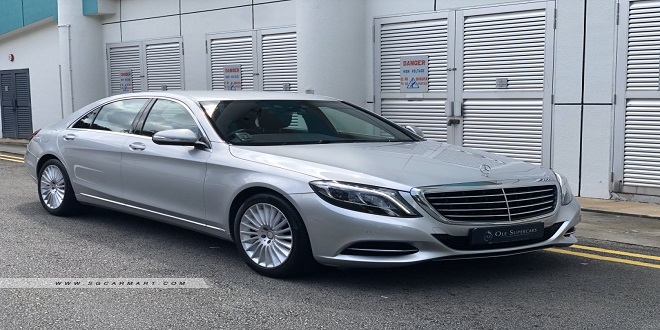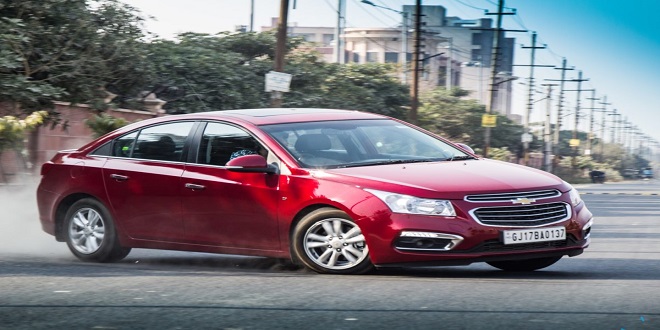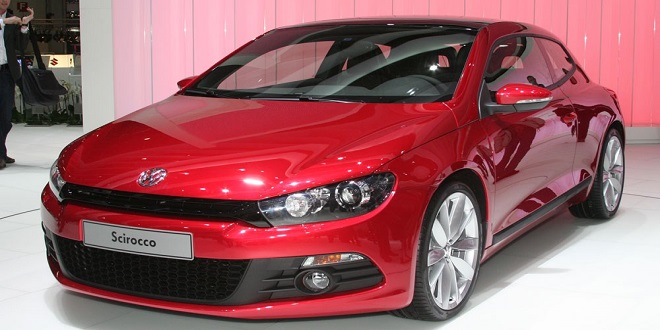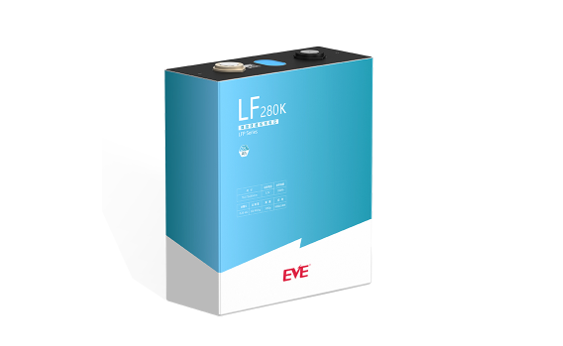Lithium-ion for first Mercedes-Benz hybrid

Mercedes-Benz gave its S400 BlueHYBRID its first public airing at the Paris Motor Show. Salient figures include a combined fuel consumption of 7.9 L/100 km, CO2 of 190 g/km, an updated 3.5-L V6 gasoline engine producing 205 kW (275 hp), and an electric motor generating 15 kW with stepoff torque of 160 N·m (118 lb·ft) to give a combined torque of 385 N·m (284 lb·ft). The company claims that the S400, its first production hybrid car, is also the first series-production model to be equipped with a lithium-ion battery specifically developed for automotive use.
A start/stop function is fitted, and its transmission is Mercedes’ established 7G-Tronic. The battery and hybrid control units are positioned in the engine compartment. The hybrid module is a disc-shaped electric motor fitted in the torque-converter housing between engine and transmission. It also acts as a starter and generator. A regenerative braking system is fitted. Major advantages of lithium-ion technology compared to conventional nickel/ metal-hydride batteries include a higher energy density and better electrical efficiency, together with more compact dimensions and a lower weight.
A 12-V lead-acid battery is installed in the trunk to supply energy to the standard consum ers and the monitoring system for the high-voltage components. It is smaller and lighter than most batteries of its type. According to Mercedes, the lithiumion battery not only stores energy for the electric motor but is also connected to the 12-V onboard network via the transformer to supply power to other standard consumers such as the headlamps and comfort features. The newly designed battery system consists of the cell block with its lithium-ion cells and the cell
monitoring system, the battery management function, the high-strength housing, cooling gel, cooling plate, coolant feed, and a high-voltage connector. The gasoline engine has variable valve control and exploits the Atkinson principle with the expansion phase longer than the compression phase.
The intake valve is kept open slightly longer between the intake and compression phases, which improves the engine’s thermal efficiency while reducing specific fuel consumption and untreated emissions. A new cylinder head, different pistons, and a modified camshaft with specific control increase the output of the V6 by 5 kW (7 hp) and also help reduce fuel consumption
The three-phase ac external-rotor magneto motor has an operating voltage of 120 V. The motor is said by Mercedes to effectively damp torsional vibrations in the drivetrain, reducing noise and vibrations in the interior.
Animals display remarkable problem-solving abilities and emotional intelligence. Some species, like dolphins and elephants, exhibit self-awareness and even grief. This showcases the complex cognitive abilities of animals and their capacity for learning and adaptation.





